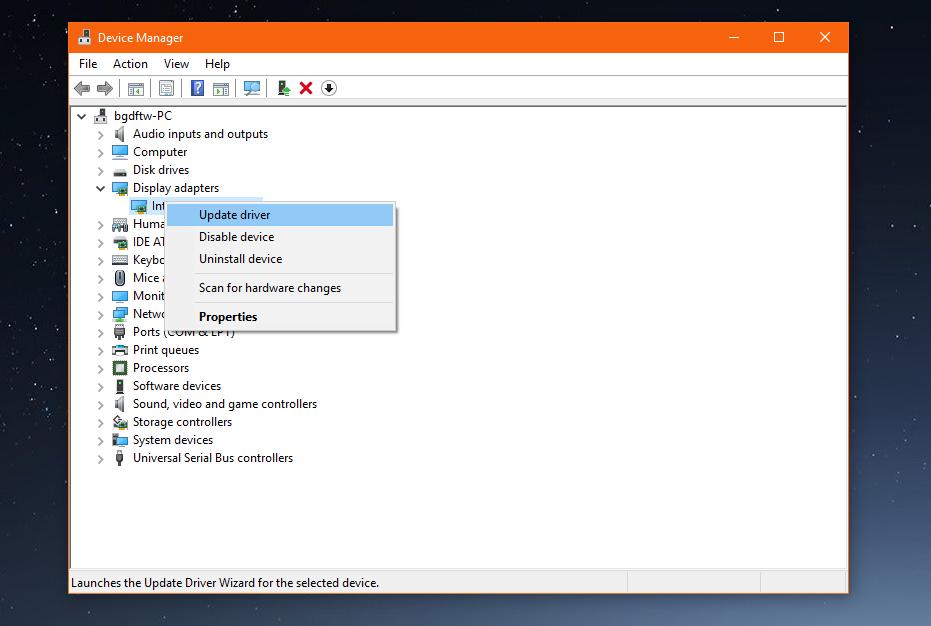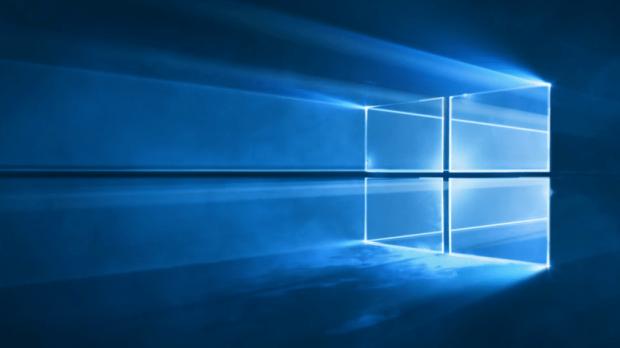If you still needed some sort of living proof that Windows 10 October 2018 Update (version 1809) is a major fiasco, here’s another bug that seems to be hitting more than a handful of PCs.
After upgrading to Windows 10 version 1809, the brightness level of some systems is configured to 0% or even 25%, making everything nearly impossible to see anything on the screen.
The typical workaround is manually adjusting the display brightness, which means that users need to click the brightness button in the Action Center to set a higher value. This only works until the next restart, as Windows 10 version 1809 then resets this configuration and goes back to the lower setting.
The weird thing is that a similar bug was experienced on Windows 10 April 2018 Update (version 1803) as well, and some users had a hard time actually figuring out where to click given the extremely low brightness level.
For some reason, the issue has returned in Windows 10 version 1809, and since Microsoft hasn’t acknowledged it just yet, it’s not even known if a bug fix would ever be released. So the only thing that impacted users can do right now is manual troubleshooting, which in many cases comes down to the following three steps:
Step 1 – Updating video drivers
Windows 10 October 2018 Update has a major driver problem and several incompatible versions have caused critical issues for some systems upgrading to this new release.
At the same time, device manufacturers seem to be rather slow in shipping driver updates, despite the fact that the October 2018 Update has been in beta for so long.
If you’re already on Windows 10 version 1809 and want to update video drivers, launch the Device Manager by right-clicking the Start menu or press Windows key + X. Expand the display adapter section, right-click your graphics card, and select the option that reads Update drivers.
Windows 10 will then look online for new drivers, and if any are available, it downloads and installs them for you. Reboot the system and if this was the culprit, everything should be back to normal and your brightness settings should be saved.
Step 2 – Disabling adaptive brightness
Adaptive brightness has been around for a while, but Microsoft may have gotten it wrong in Windows 10 version 1809. So what you should do is actually to turn it off completely. To do this, launch the Control Panel and navigate to the following path:
System and Security Power Options > Click power plan > Edit Plan Settings
Then, click the option that reads Change advanced power settings and scroll down to the section called Display. Expand it and set the Adaptive brightness option to off.
Step 3 – Use dedicated graphics card software to adjust brightness
Some graphics cards, like those from NVIDIA, come with companion apps that allow you to adjust specific settings of the hardware, including brightness.
For some reason, in Windows 10 version 1809 using these programs to set the brightness level not only that overwrites the settings in Windows, which perfectly makes sense, but also saves them, pretty much resolving the said bug.
In order to get the official apps for your graphics card, you should consult the official website of the manufacturer. Most of them are installed together with the latest drivers, so if you’ve already completed the first step here, there’s a chance the companion apps are already on your system.
If nothing works, your only option is to either go back to Windows 10 April 2018 Update or wait for Microsoft to release a fix. Unfortunately, nobody can tell for sure if and when the software giant could ship a patch in this regard.

 14 DAY TRIAL //
14 DAY TRIAL // 

